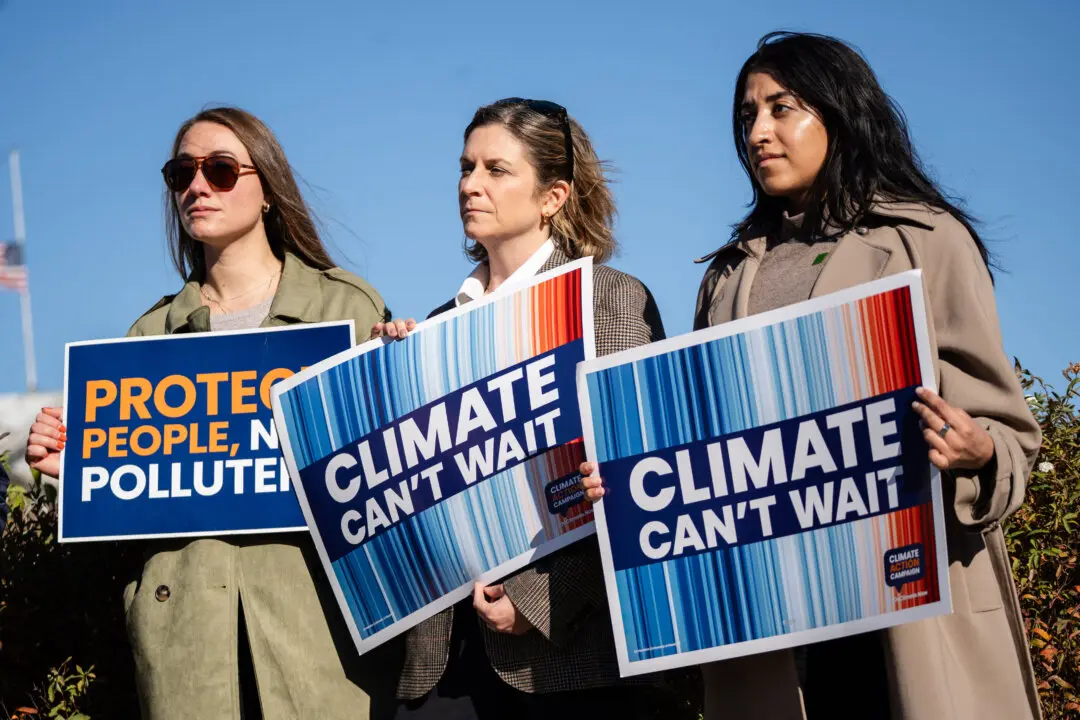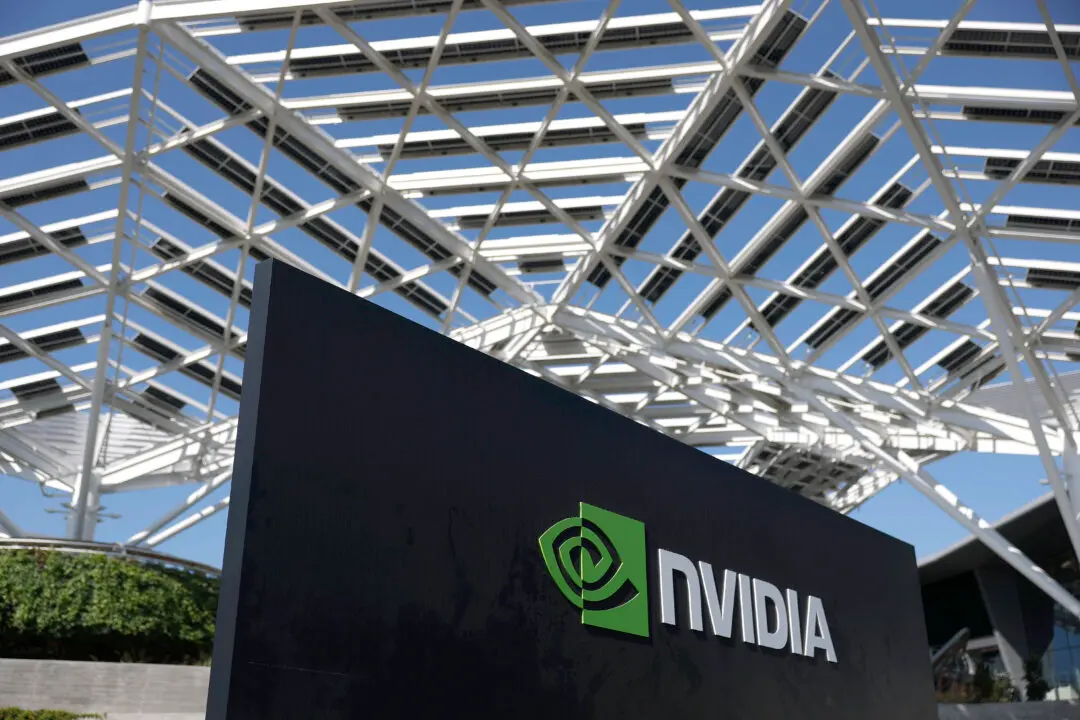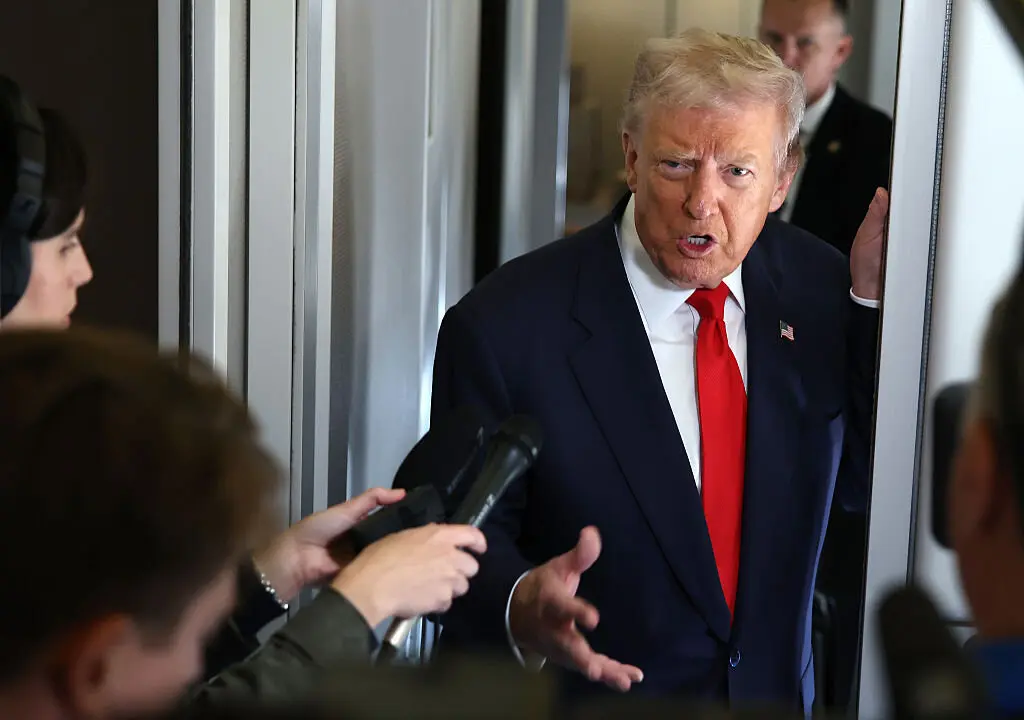In the wake of the failures of several regional banks, Americans across the board are finding it harder to get credit.
Because smaller banks are so critical to small-business and consumer lending, many analysts predict the fallout from the Fed’s campaign to tame inflation will have dire consequences for the economy.





